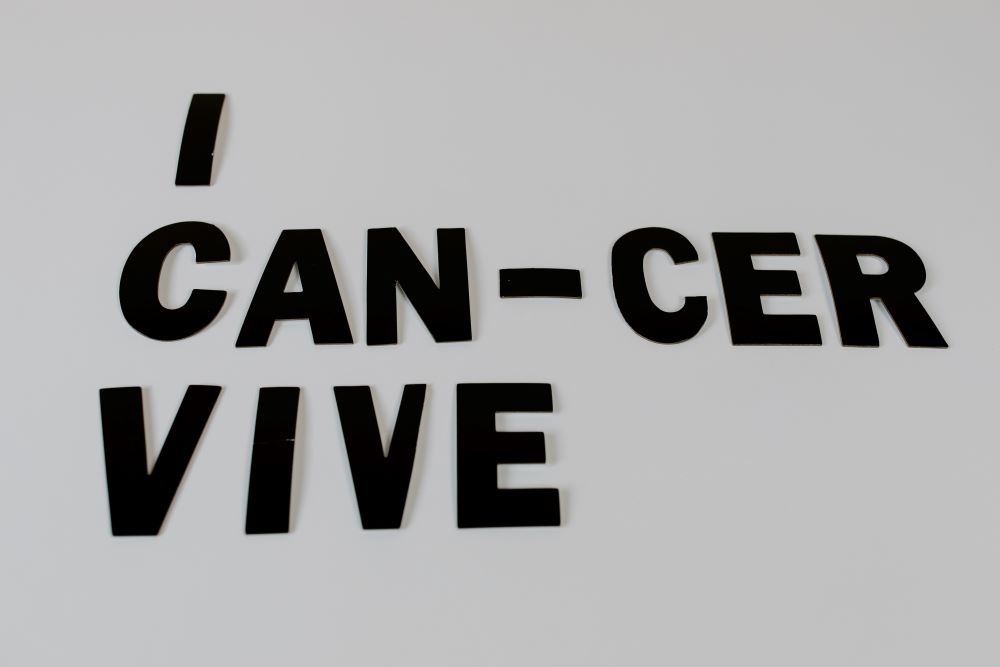Cancer patients are surviving at higher rates today than ever before.
According to recent studies, the number of cancer-related deaths in the U.S. have declined significantly over the past decade. The decline is attributed to both improved treatment and better access to healthcare, as well as a change in lifestyle habits that promote wellness. A report published by the Centers for Disease Control and Prevention (CDC) found that since 2010, deaths from all types of cancer combined have decreased by approximately 11%. This decline was seen across all gender and age groups, with men’s mortality rate decreasing 12% and women’s mortality rate dropping 8%. The greatest decline was seen among younger adults aged 20–44 whose mortality rate dropped by 16%.
The most significant contributing factor to this decline was advances in medical treatments including immunotherapy and targeted drug therapy. These therapies are more successful at treating cancers when they’re caught early on. Additionally, access to preventive health screenings has improved significantly; this has also helped reduce the number of deaths due to cancer as it allows doctors to detect potential illnesses sooner.
Other factors include improved public health education about smoking cessation and healthy living habits such as eating nutritious foods and exercising regularly which helps strengthen the immune system. Together these efforts have gone a long way in helping people live longer lives in which cancer isn’t necessarily a deathly diagnosis, but instead, another treatable illness like high blood pressure or diabetes.

The advances in medical treatments, preventive screenings, and public health education have been a great success in reducing the number of cancer-related deaths in the U.S. However, there are still disparities when it comes to access to healthcare services, especially among minority populations.
For example, a recent study found that African Americans are 25% more likely to be diagnosed with all types of cancer compared to their non-Hispanic white counterparts and have a death rate that is 39% higher. In addition, they are twice as likely to be diagnosed at later stages and are less likely to receive timely treatments due to limited access or limited financial resources.
This alarming discrepancy has prompted much research into understanding why these disparities exist and exploring different avenues for closing the gap. One effort is increasing awareness of preventative measures such as regular screenings for early detection and lifestyle changes such as quitting smoking or eating healthier diets. The American Cancer Society estimates that up to one-third of all cancer deaths could be prevented through lifestyle and behavior modifications.
Another step towards equalizing access is improving healthcare infrastructure so that people from all backgrounds can take advantage of available options regardless of where they live or their economic status. For example, the Affordable Care Act mandated free preventive care which improved access for millions of people across the country by providing them with insurance coverage even if they had preexisting conditions like cancer.
This data shows how far healthcare has come in reducing preventable cancer-related deaths, thanks in large part to advancements made in prevention, diagnosis and treatment methods, as well as greater access to healthcare services throughout the U.S. While there’s still more work that needs to be done both medically and politically for equal, this news provides hope.
Overall, reducing cancer-related deaths in the U.S. has seen tremendous progress. However, there are still disparities that exist between minority populations who have less access to healthcare services or financial resources compared to non-minority populations. To truly end this disease, it will take continued efforts from both individuals and government agencies alike.
Sources:
Risk of Dying from Cancer Continues to Drop at an Accelerated Pace


Join the conversation!